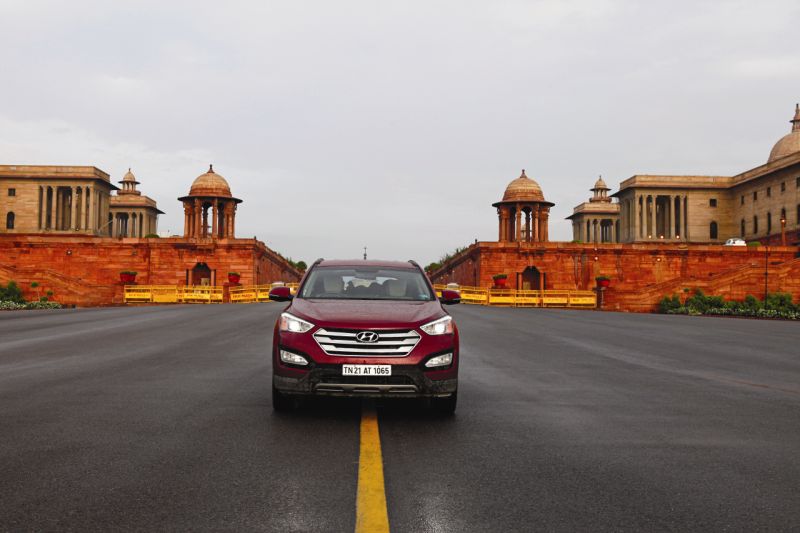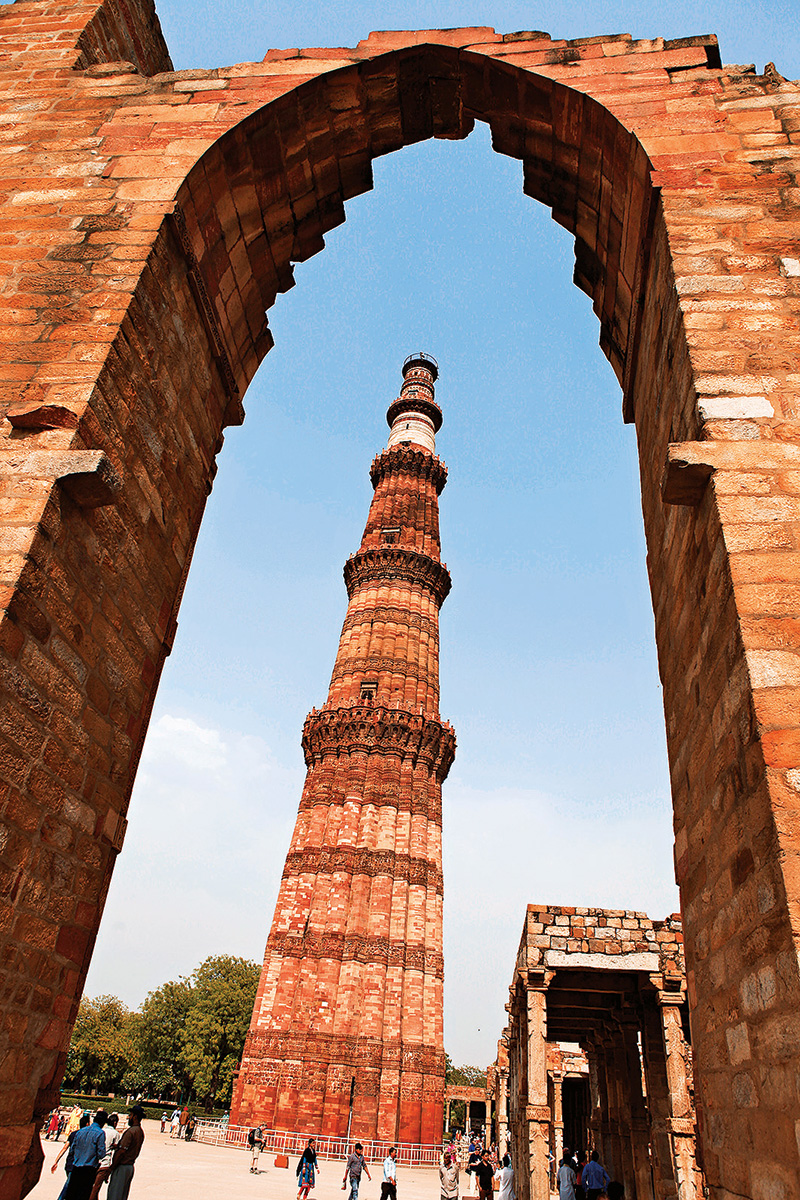Ensconced comfortably in the Hyundai Santa Fe, we arrive in India’s capital, and commence our onward journey towards Kashmir and, ultimately, Khardung La. This leg charts our progress from New Delhi to Srinagar
Story: Harket Suchde
Photography: Sanjay Raikar
On our last sojourn with the Hyundai Santa Fe, we ended with our arrival in New Delhi. Here’s what happened next.
Our first stop took us to the Qutub Minar, whose sheer majesty and elegance left me spellbound when I first gazed upon it. I almost creaked my neck too, trying to take in all of the nearly 240 feet (73 metres) of the Minar when I glanced up from underneath its shadow. Just to give you an idea of how tall that is, imagine a shade under 32 Yao Mings stacked one atop the other and you’ll get the picture. A pity then that inanimate objects can’t take part in the NBA, otherwise you owuldn’t look past the Qutub Minar for MVP would you? Going up there would have been amazing too, but the stampede that occurred along its 379 narrow steps and cost close to 50 lives back in 1981 put paid to any chance of that happening, with the entrance to the Minar having been closed to the public ever since. I can only imagine what it would feel like perched up there looking down on the city. I’m picturing Altaïr from Assassin’s Creed and the view he has just before he’s about to indulge in a ‘leap of faith.’ Yeah, that sounds about right.
The area surrounding the red sandstone spire that is the Qutub Minar throws up some interesting cultural contrasts too. The Qutub Minar has verses of the Quran inscribed into its sides, and the area also plays host to the Quwwat-ul-Islam Mosque, the first-ever mosque to be built in India. Curiously, though, the 23.6 feet (7.2 meter) tall Iron Pillar that stands within feet from the said mosque was in honour of Hindu god Vishnu, and is covered in inscriptions of the Brahmi script along with Sanskrit. The Iron Pillar was actually put up long before the other monuments in the area too, and can be dated back to AD 402, having been commissioned by then monarch Chandragupta Vikramaditya, and for those who interested in metallurgy or curious artefacts in general, the Iron Pillar was built with such ingenuity that it still hasn’t fallen prey to corrosion or rust all these years later. The Qutub Minar and Quwwat-ul-Islam are relatively younger constructions compared to the Iron Pillar, built in Ad 1192 and 1193 respectively. The complex also has ample parking space, and after retrieving the Santa Fe from the parking area, we headed towards our hotel for the night.























Leave a Reply